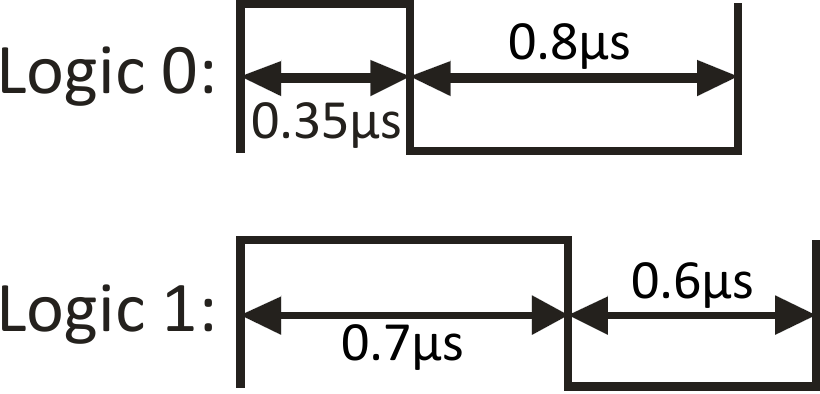I'm trying to control a WS2812. For this i found that using DMA triggered by timers to control GPIO is the best way to go.
Since i never used DMA i need some info.
The idea is to use 3 timers. 1 triggers a 0xFF transfer, the 2nd triggers data(it varies) transfer, the 3rd triggers 0x00 transfer. This is all transfered to a GPIO wich controls all 8 ports. My question is, can't i have another DMA chanel do the same to another GPIO at the same time or realy quickly after the transfer to the 1st GPIO?



